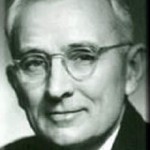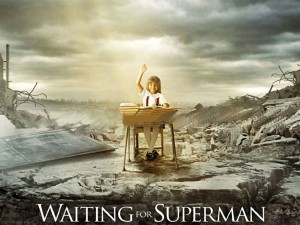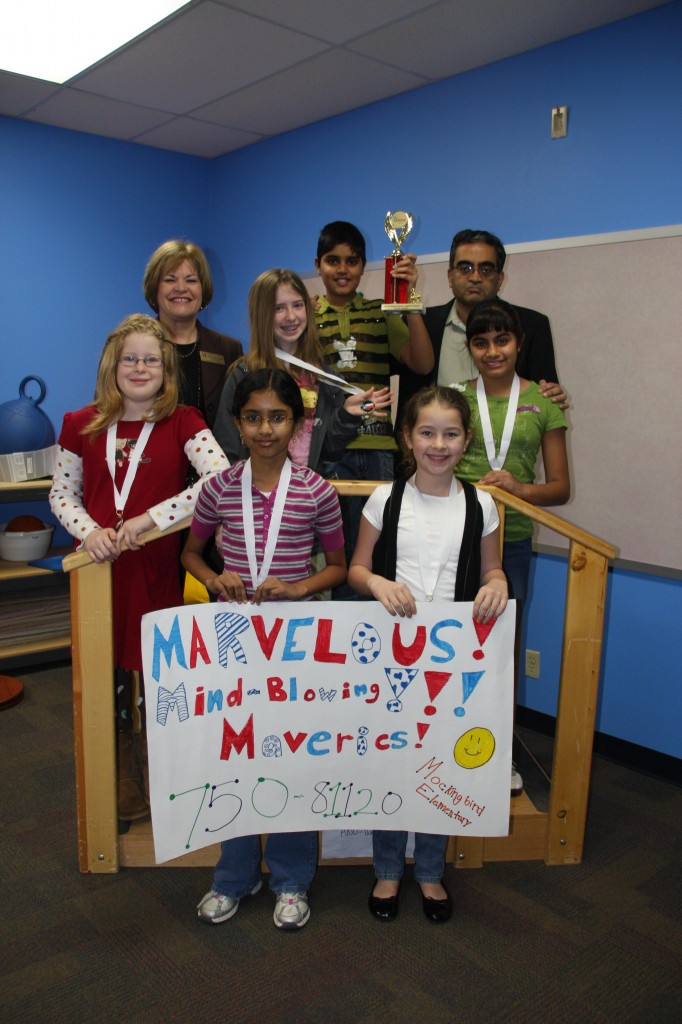“A rose by any other name would smell as sweet” – William Shakespeare.
So does it really matter that the names of large number of cities and states of India got changed? This is a topic that I have felt strongly about ever since I was a kid. And recently my long dormant feelings were reactivated while watching, of all things, CSPAN, where I heard Justice Antonin Scalia (of the US Supreme Court) flatly refusing to refer to Bombay as Mumbai (see video):
When I was growing up in what was then internationally known as “Bombay”, it already had different names in various regional languages of India. It was called “Mumbai” by the Marati speaking (local) people, “Bumbuy” by Hindi speakers and “Bumbaai” by those speaking Tamil.
Since my parents had migrated from what was then “Madras” (now “Chennai”), technically, people of my ilk (Tamilians) were referred to as “outsiders” and not “sons of the soil” like the native Marati speakers called themselves.
The push to change the name formally from Bombay to Mumbai was also to signal to the “outsiders” that the city belonged to the “sons of the soil” and not to the “outsiders” – so the impetus for the name change was NOT to break-off from the British legacy (as sometimes wrongly portrayed by some).
Eventually, the “sons of the soil” prevailed in 1995 and the name of the city was formally changed to “Mumbai”.
And soon, like dominoes, “sons of the soil” in other cities swung into action – my parent’s city of origin changed from “Madras” to “Chennai”, my place of birth changed from “Calcutta” to “Kolkatta”, the city where I did my graduate education changed from “Bangalore” to “Bengaluru” and so on. And numerous other cities and states changed names creating a geographical nightmare.
And the laughable part of all this was that aside from losing names that were known internationally for centuries, the new names could be exactly pronounced only by people familiar with the local language and their respective scripts (example Marati, Tamil and Bengali, in case of Mumbai, Chennai and Kolkatta respectively).
So coming back to William Shakespeare and paraphrasing, “A rose by any other name might become unpronounceable!”
And in my opinion, Justice Scalia is justified in his insistence on using the original name for Bombay. And I believe it comes from his conservative perspective (that I share), which is, why change something without any valid rationale to do so?
And why should this topic of name changes in India be of any interest to my American readers? Here’s why:
My current home state of Texas was once part of Mexico. It is projected by the year 2030, Hispanics will become the majority in Texas. And they might demand one day that names of cities like Dallas, Houston, Austin, etc revert back to the “original” Spanish names. And the name of the great state of Texas be changed back to Tejas!
And if these demands are acceded to, one fine day, international tourists when making travel plans, will be left scratching their heads as to what in the world happened to Dallas, Texas! And that would be a real pity!!




